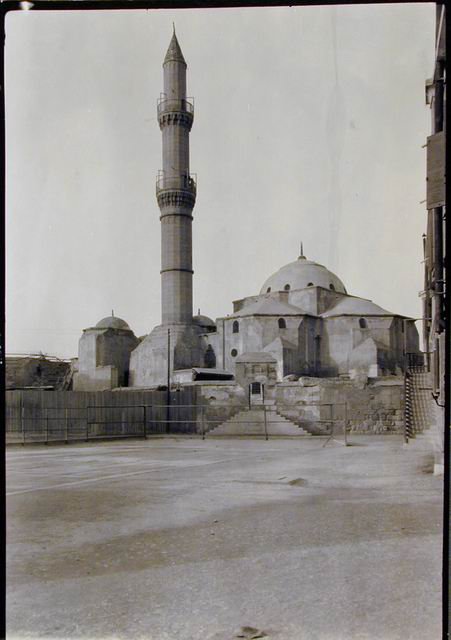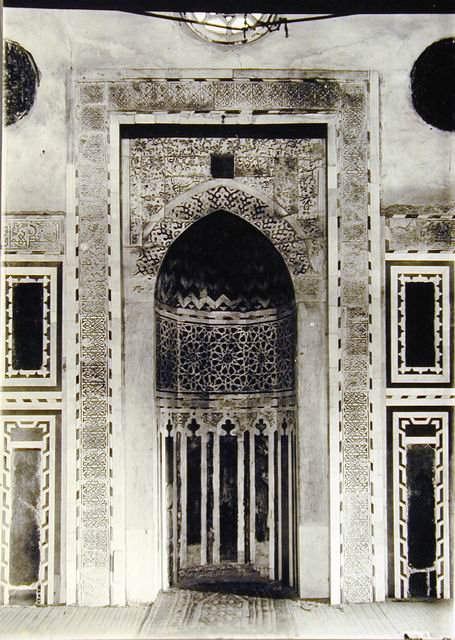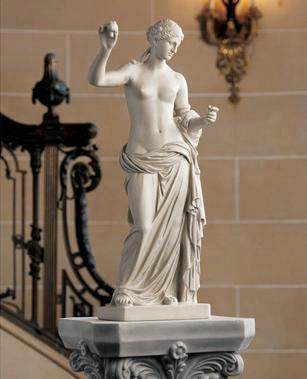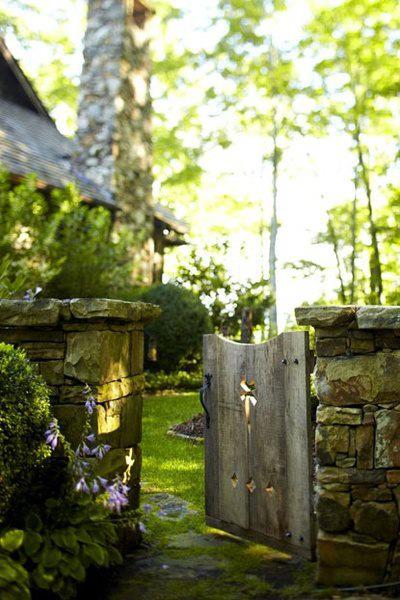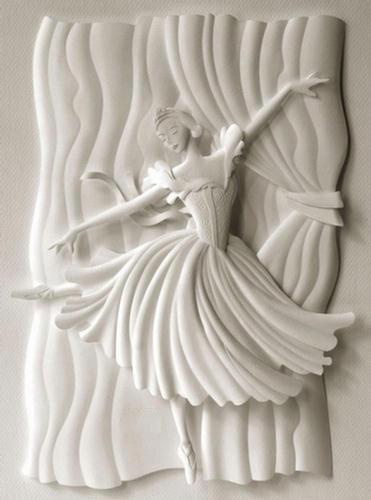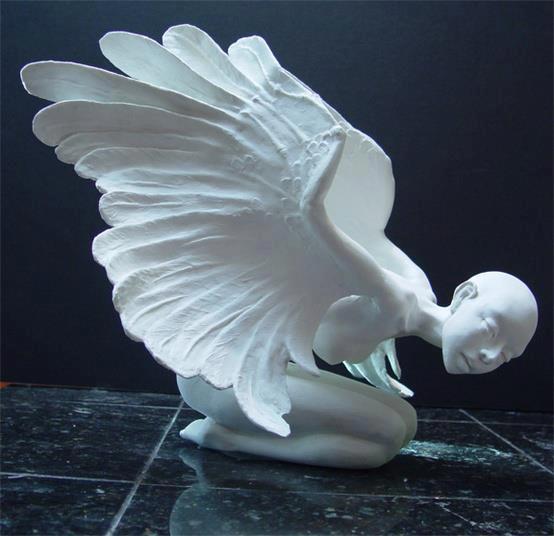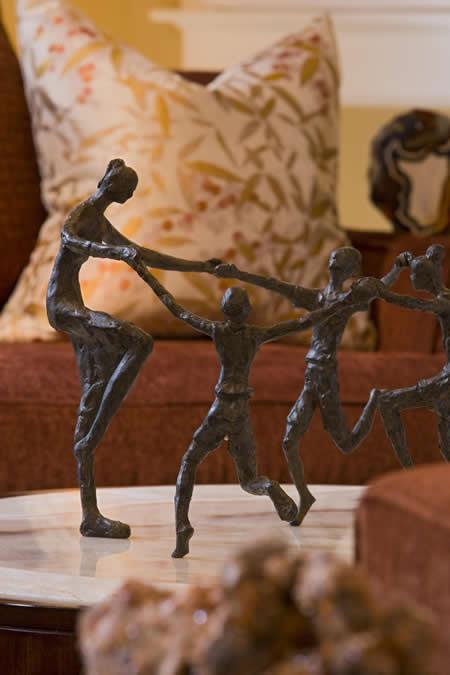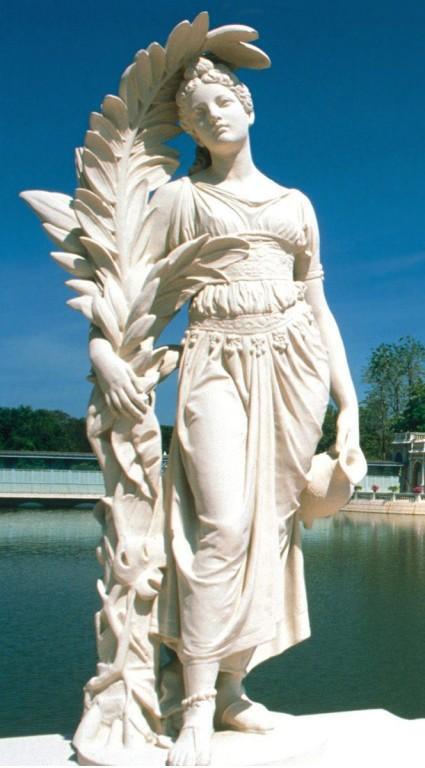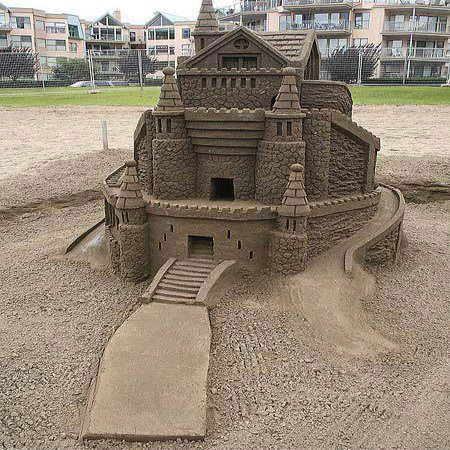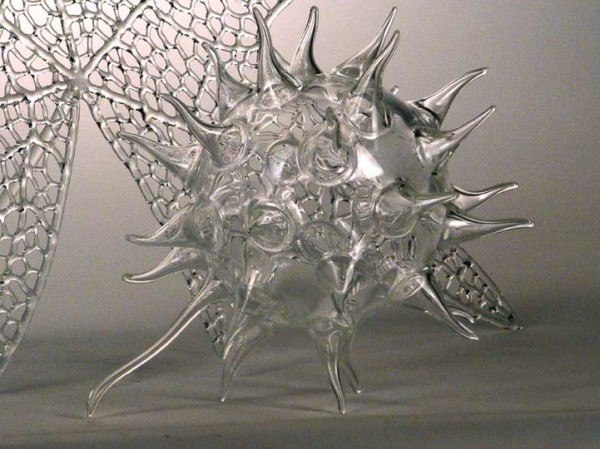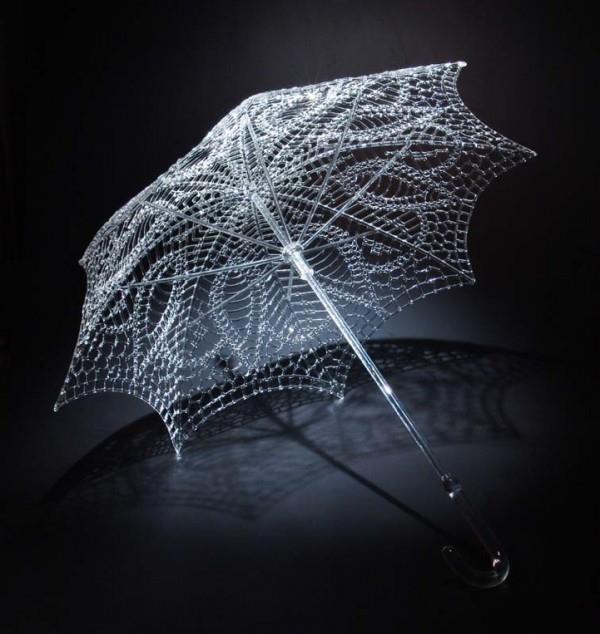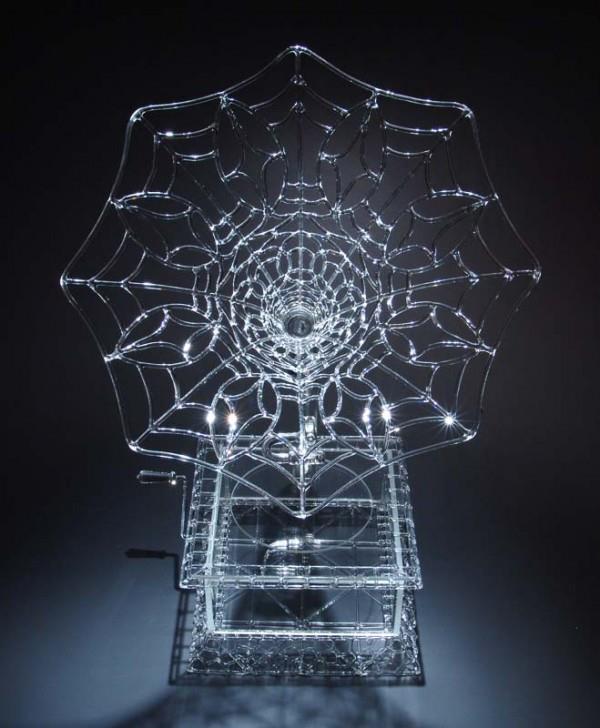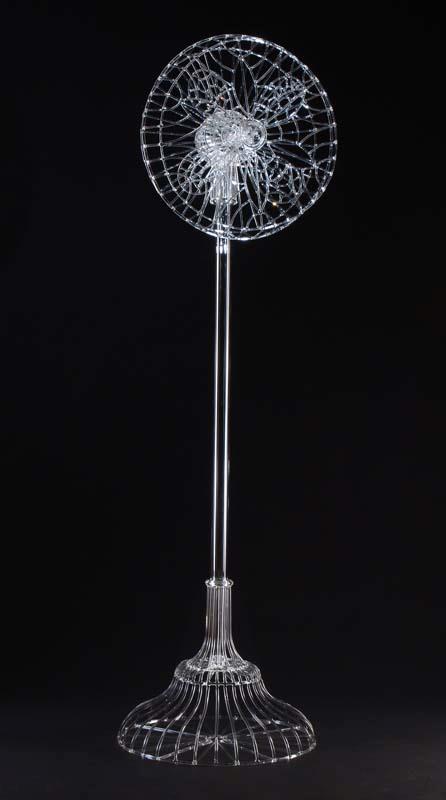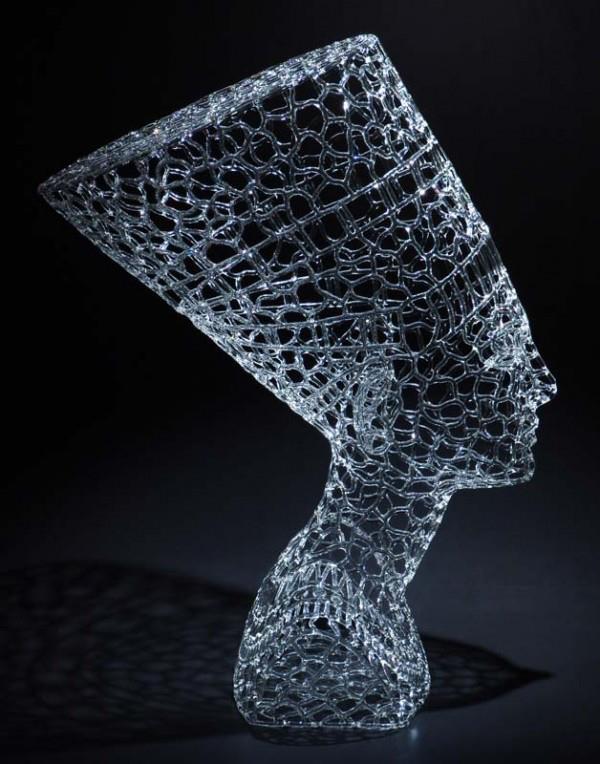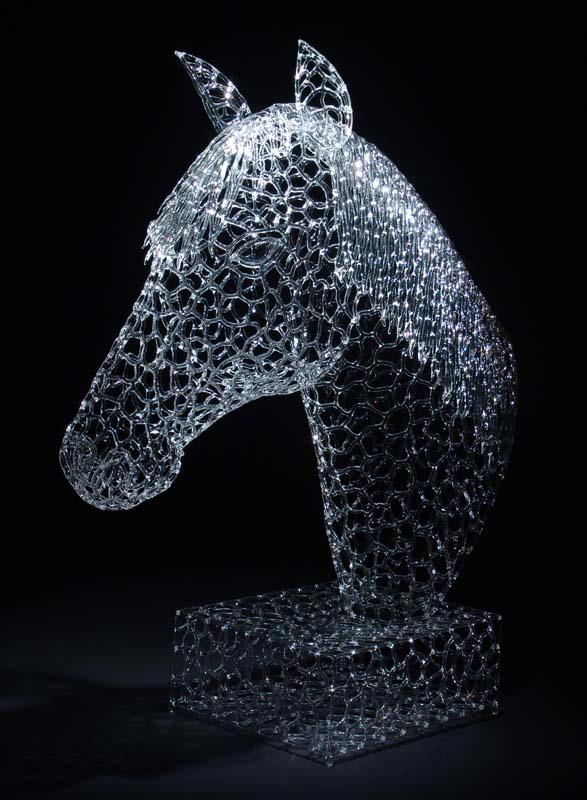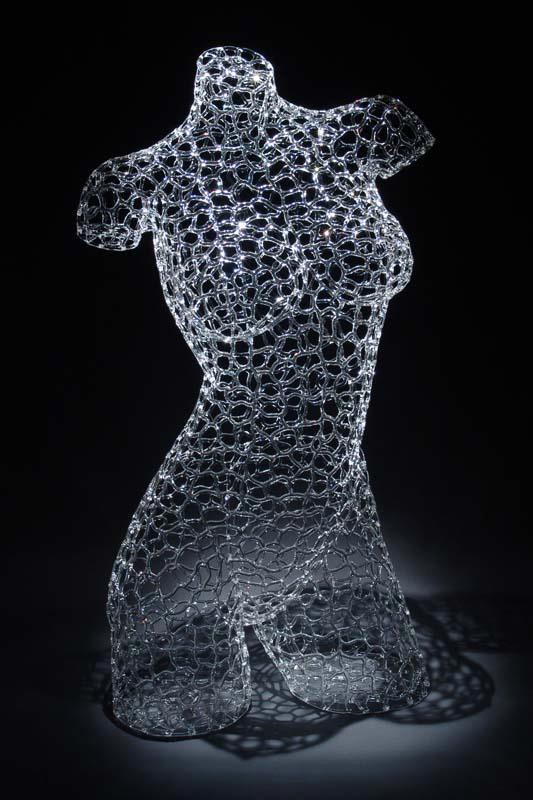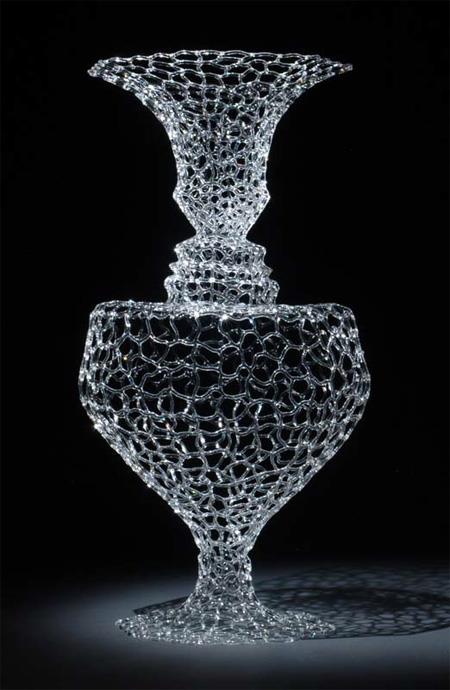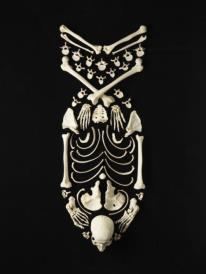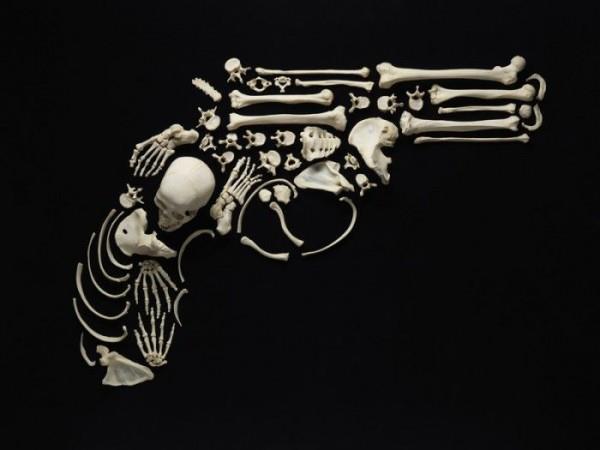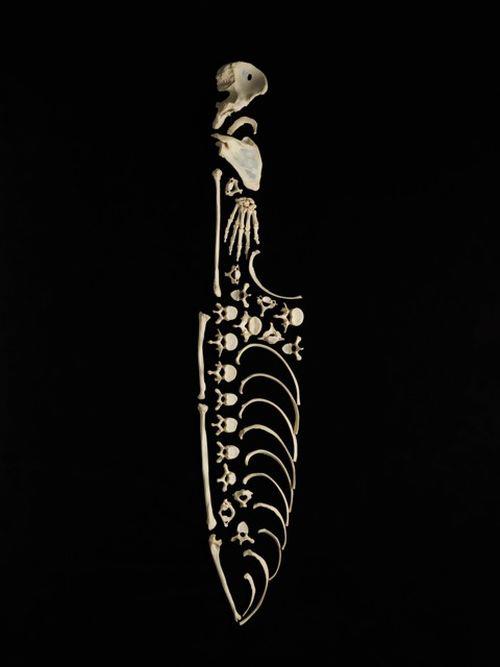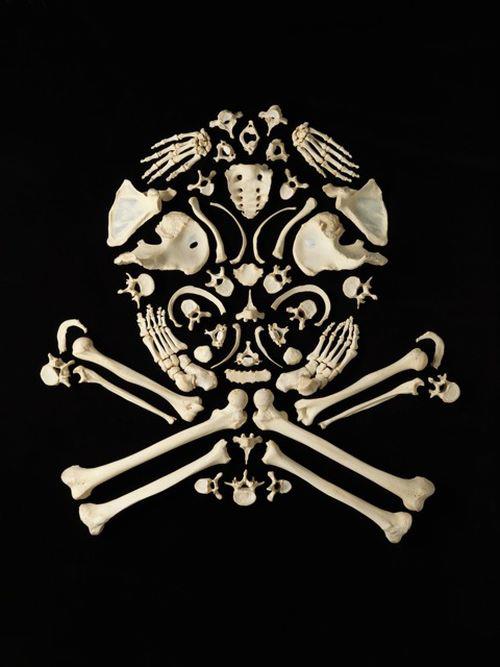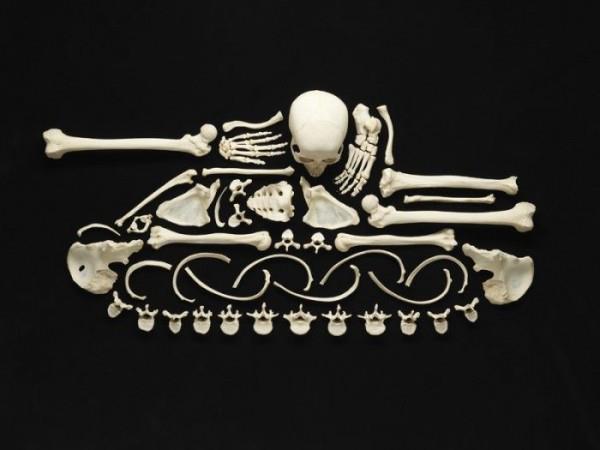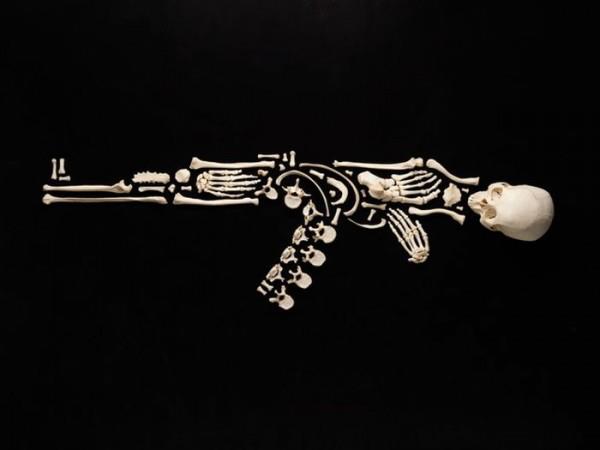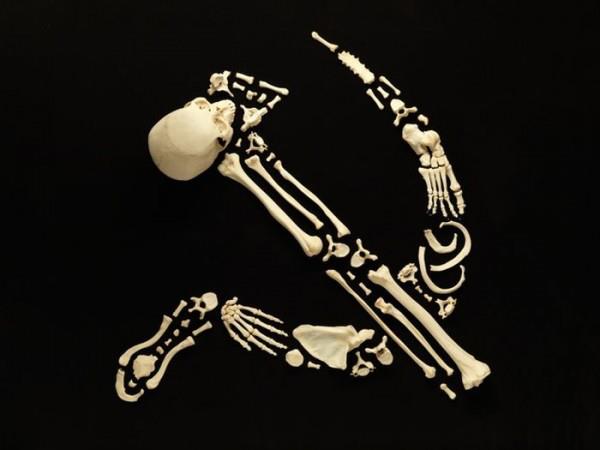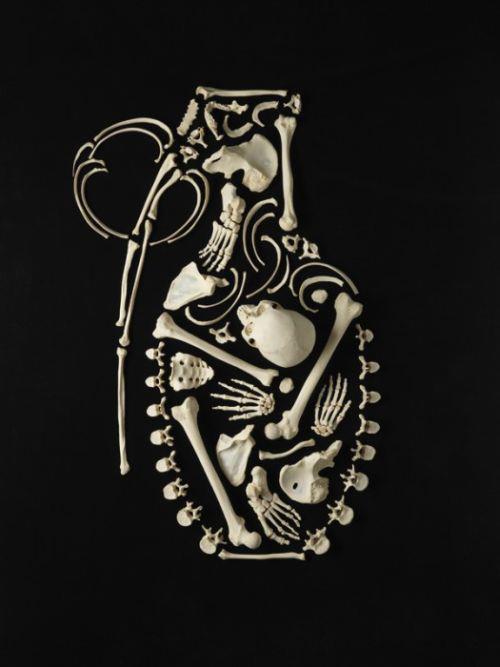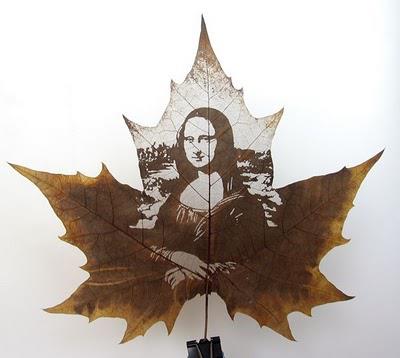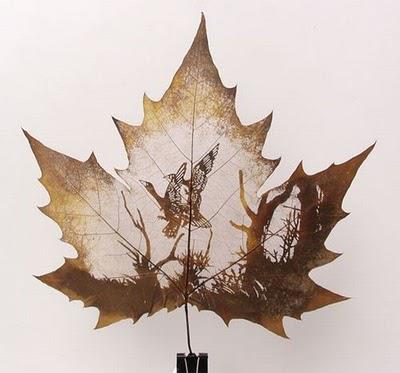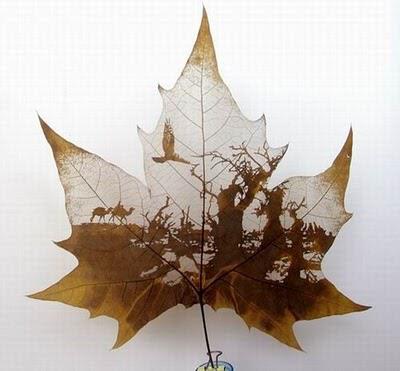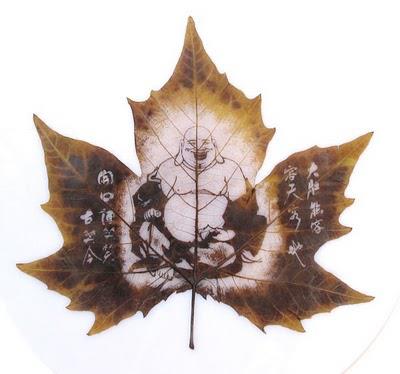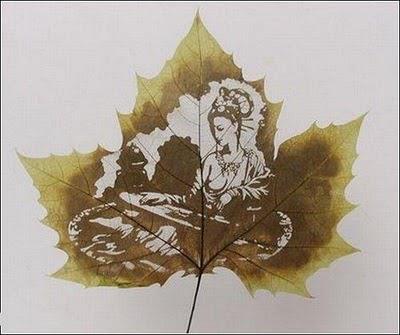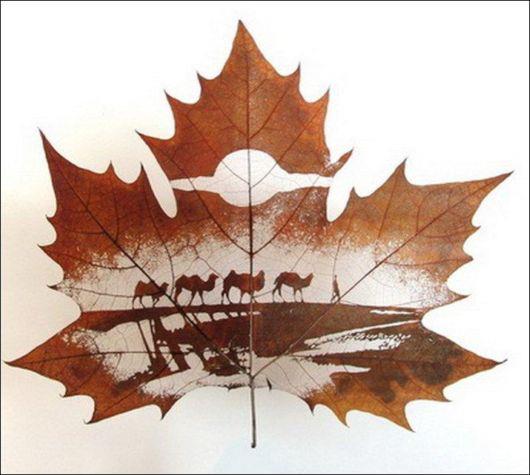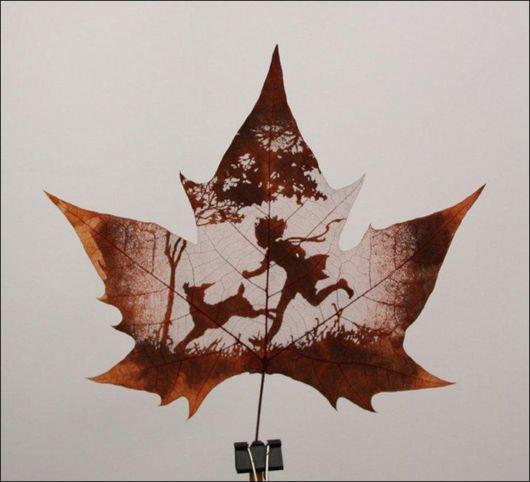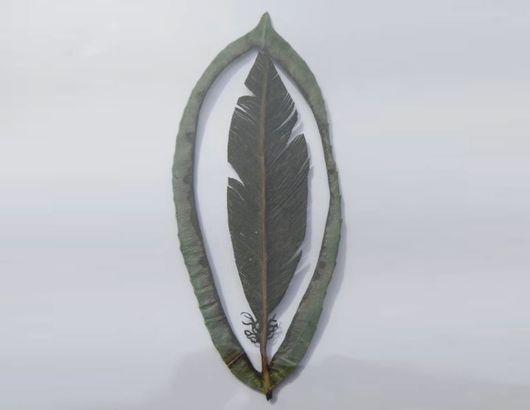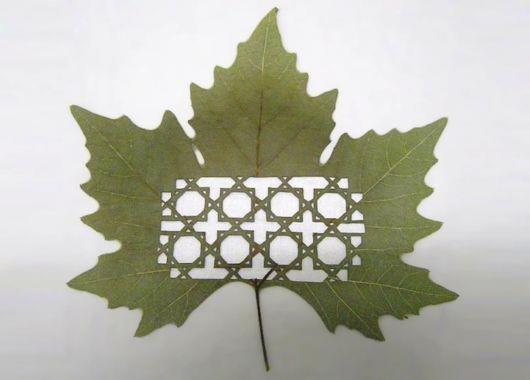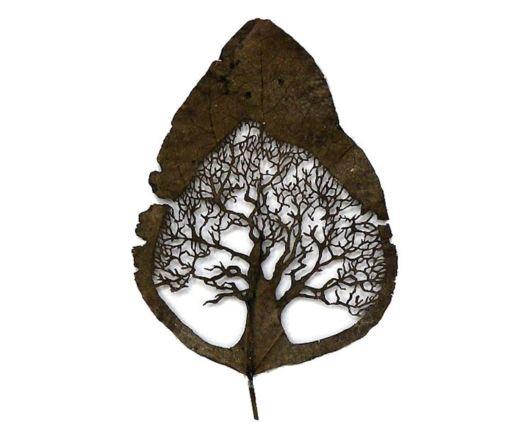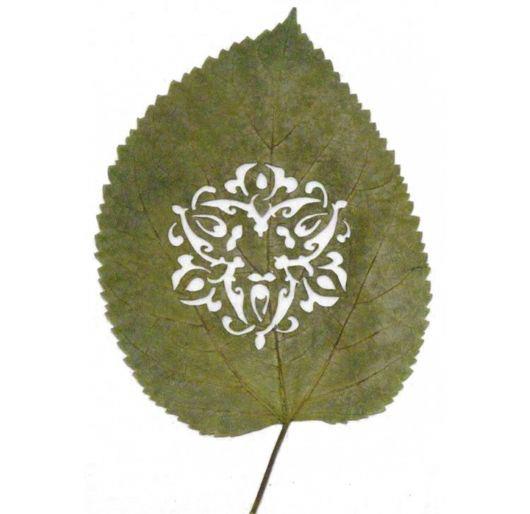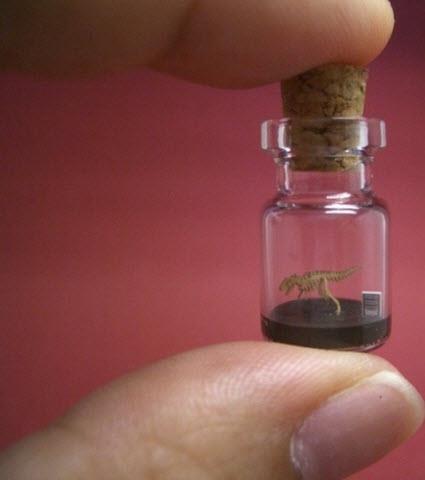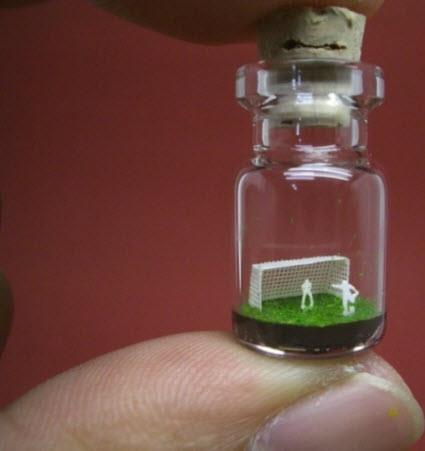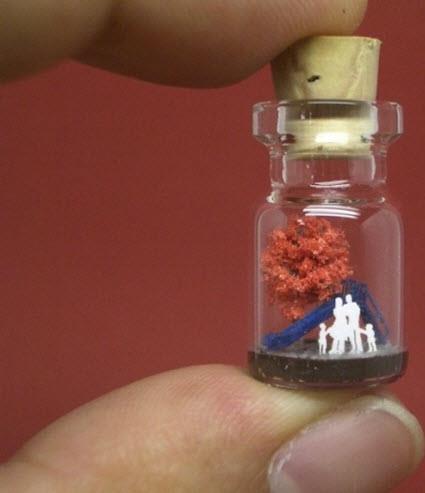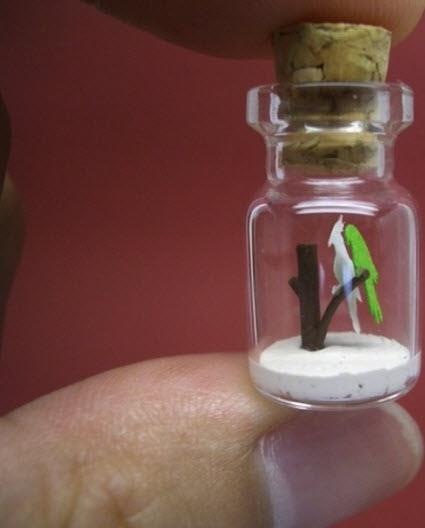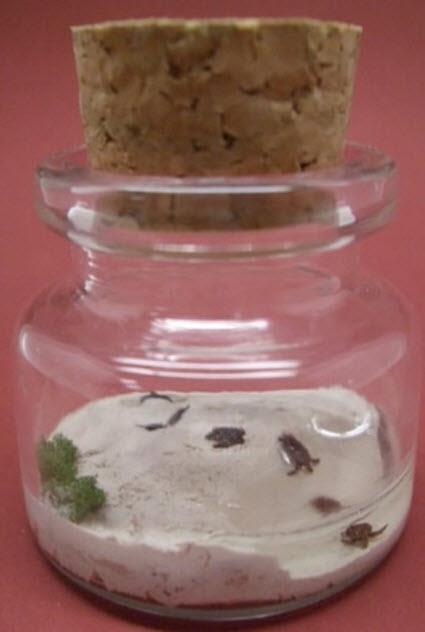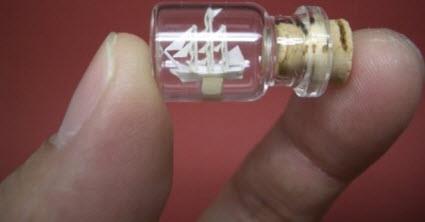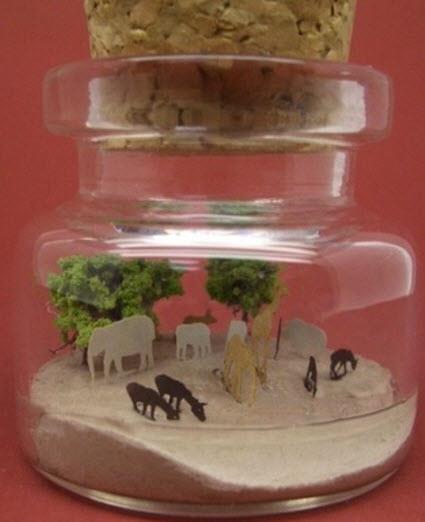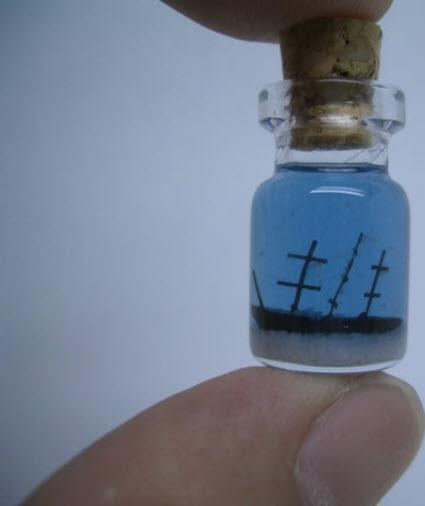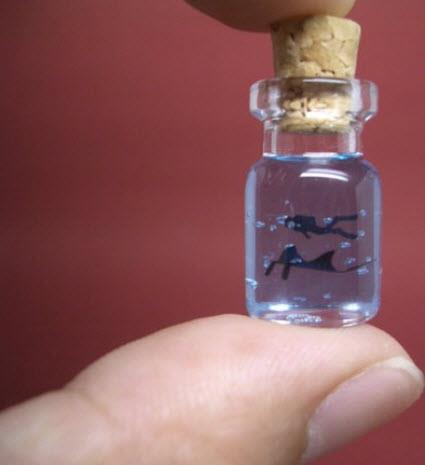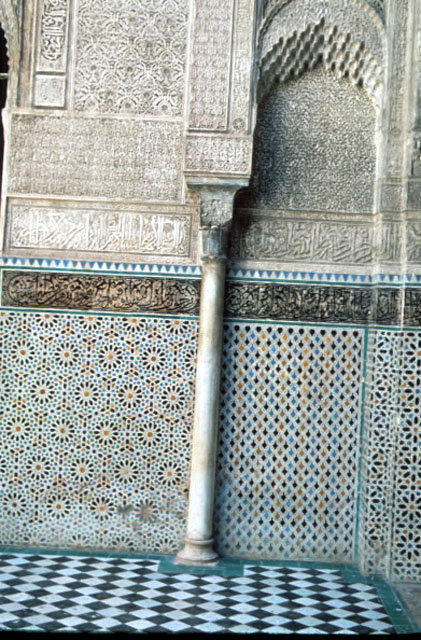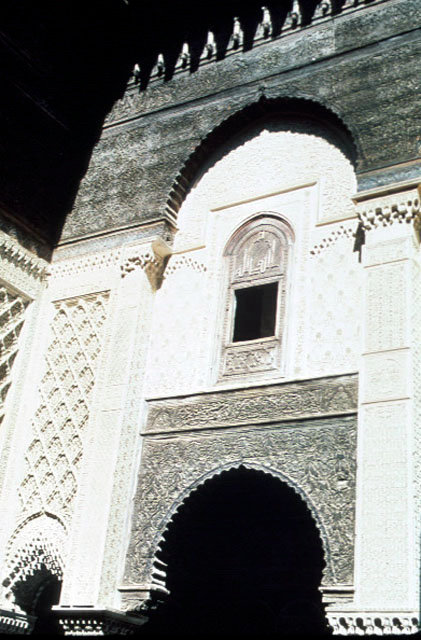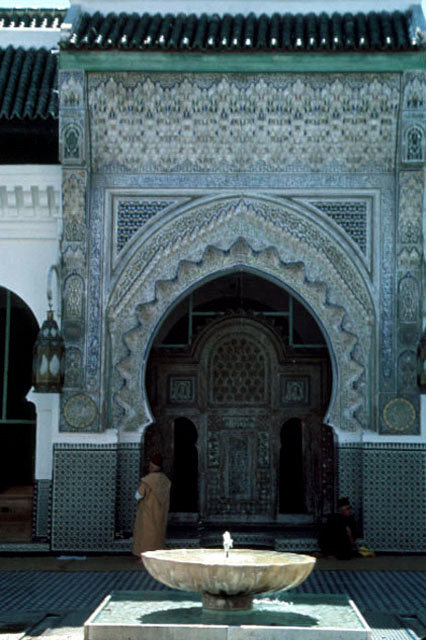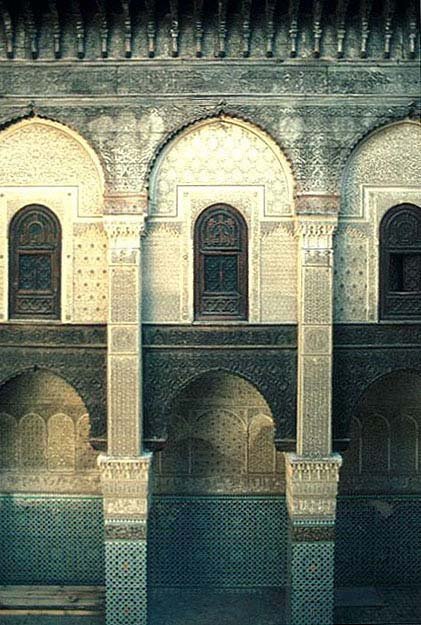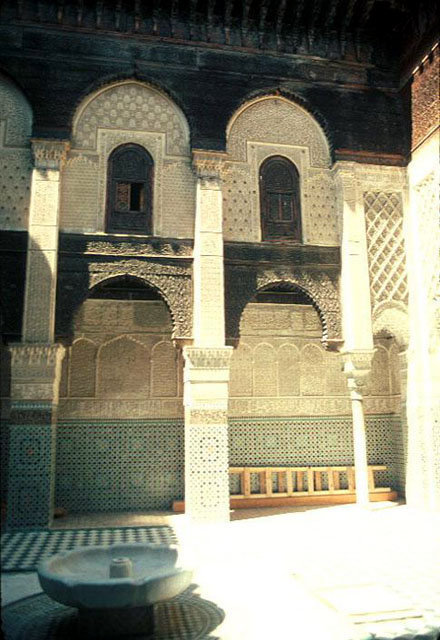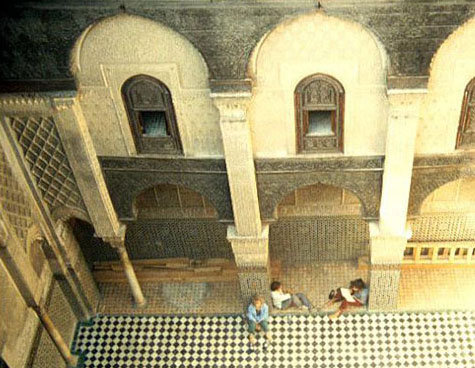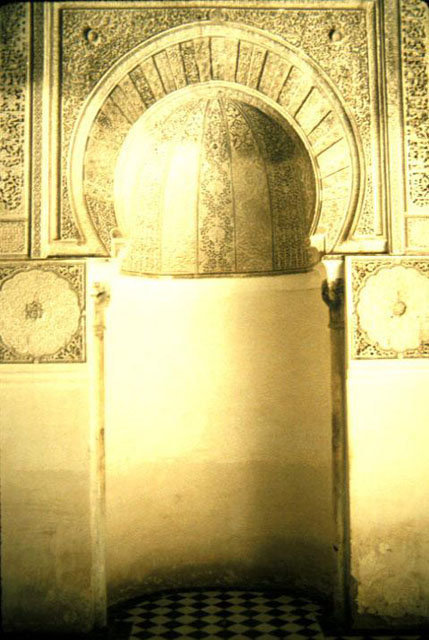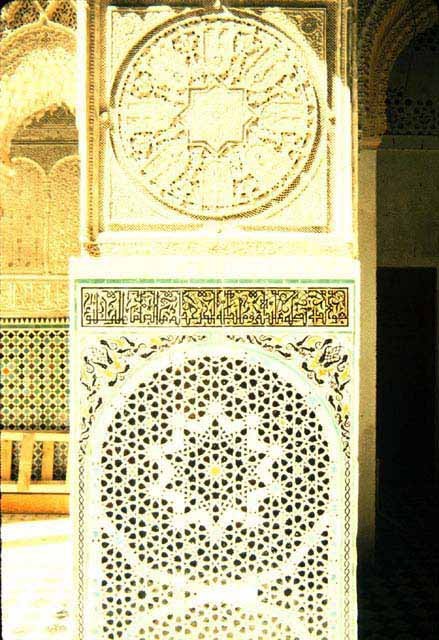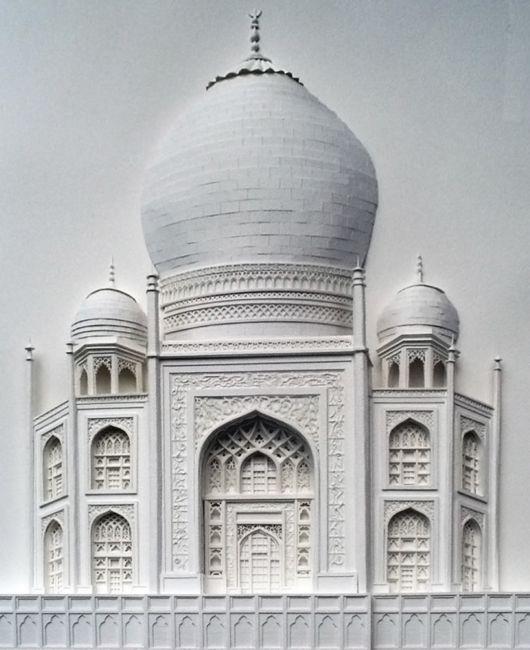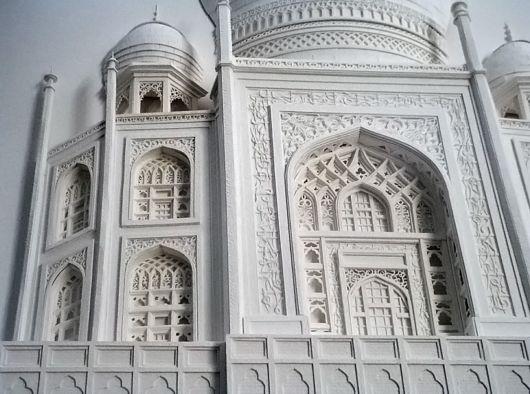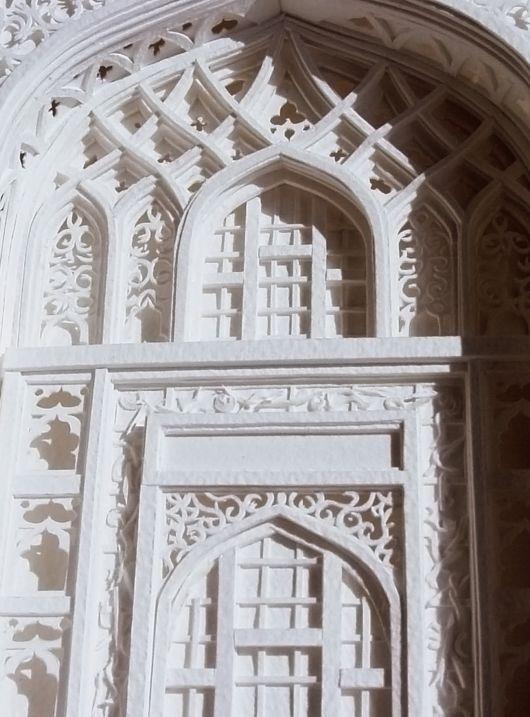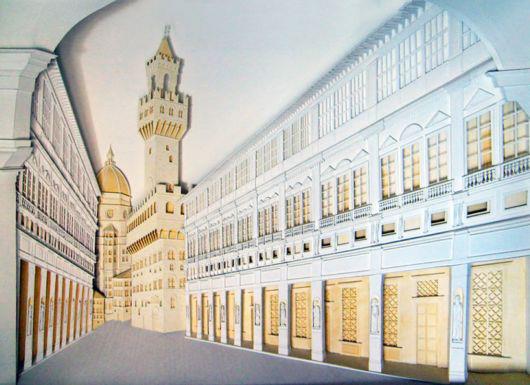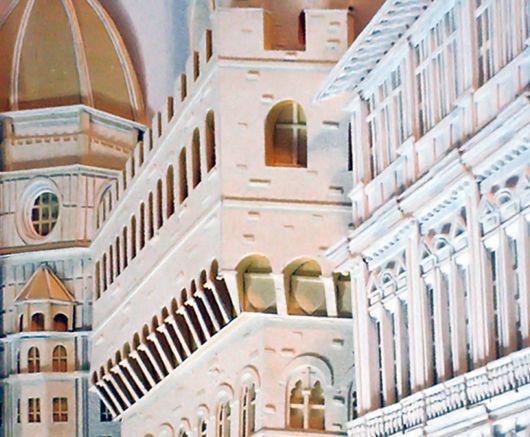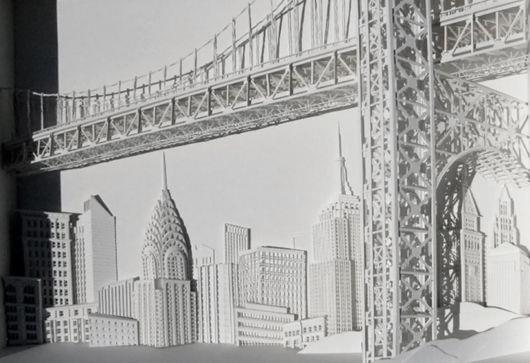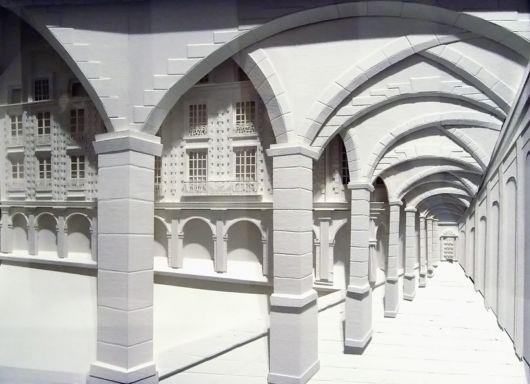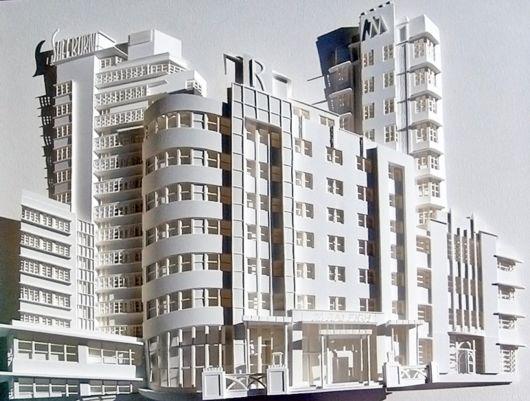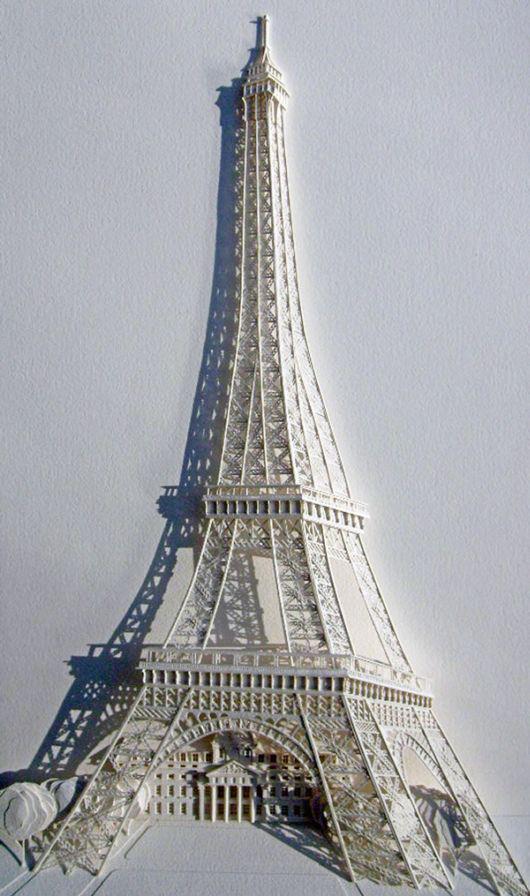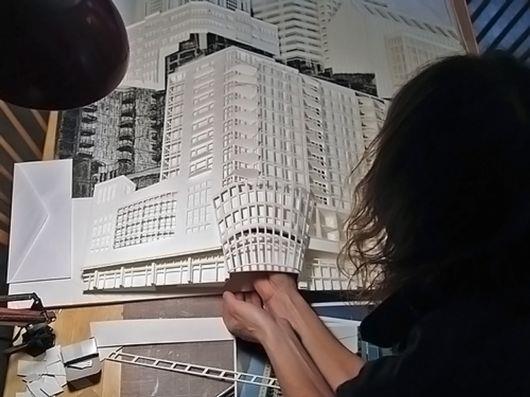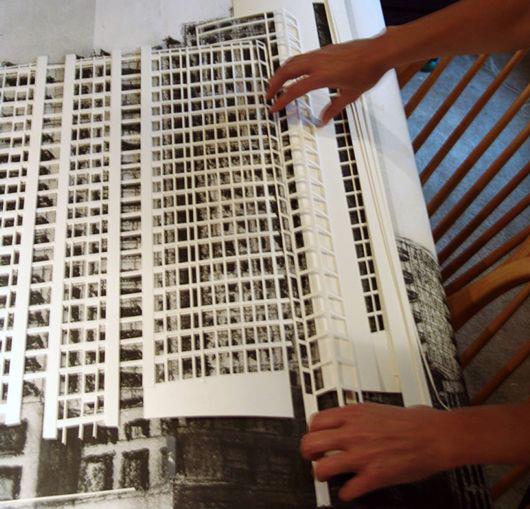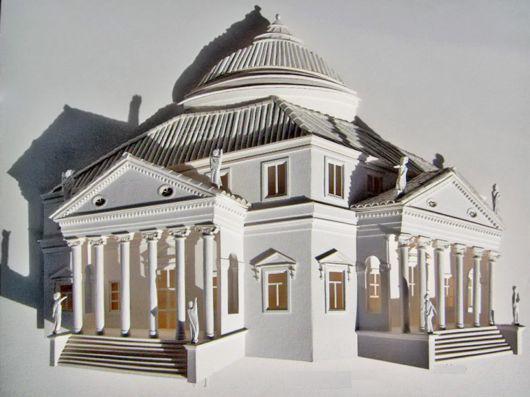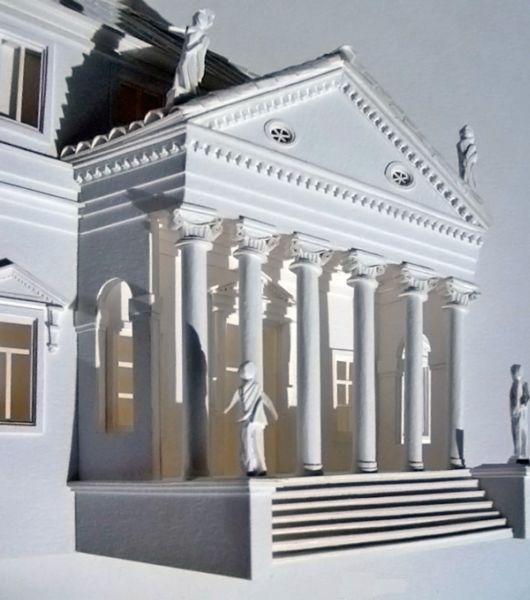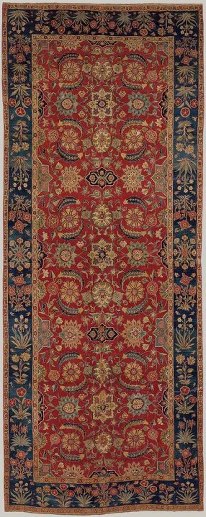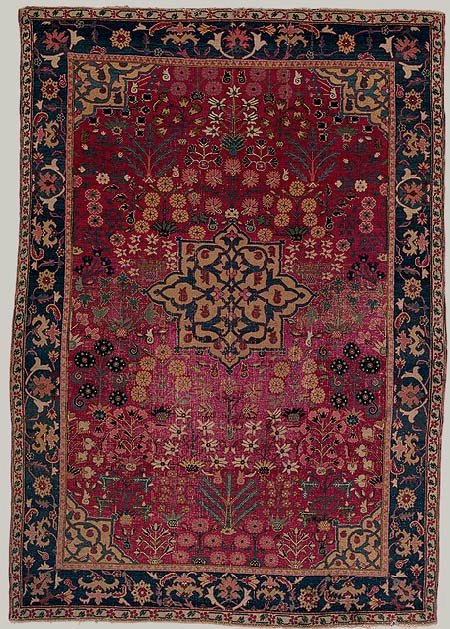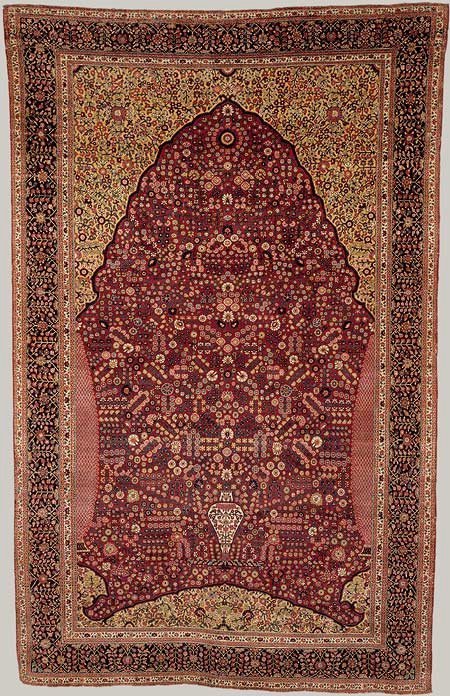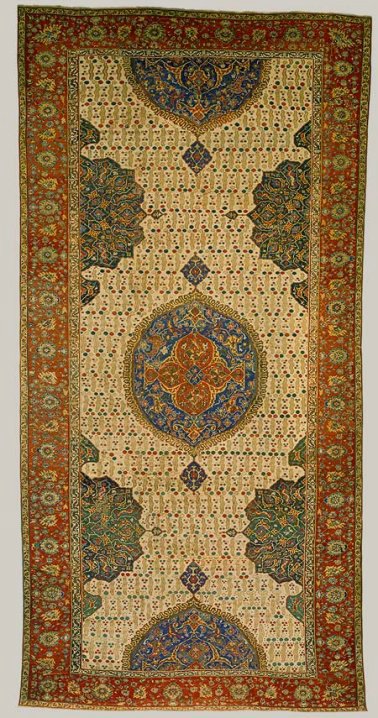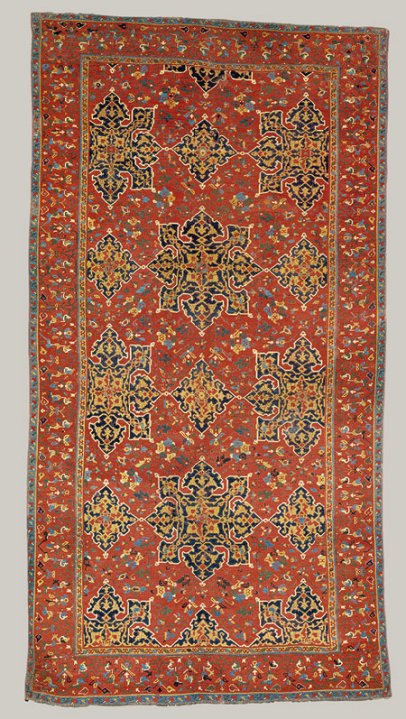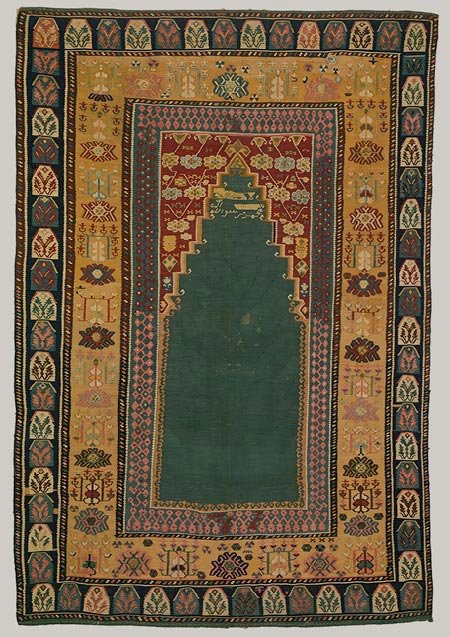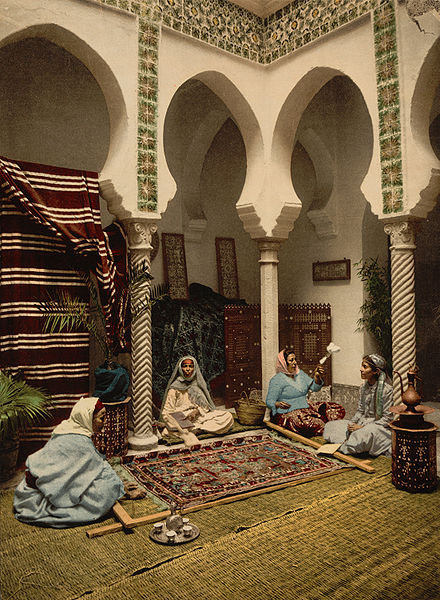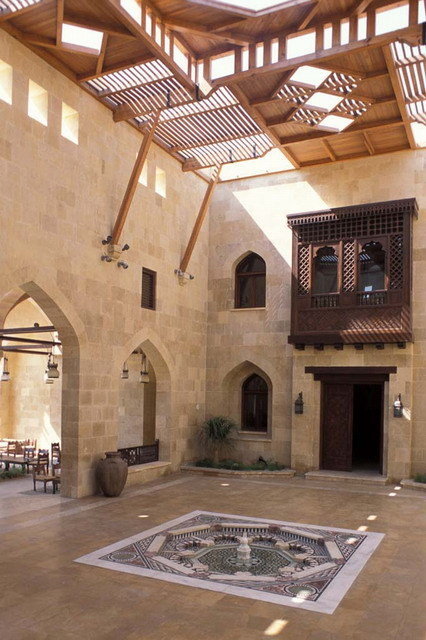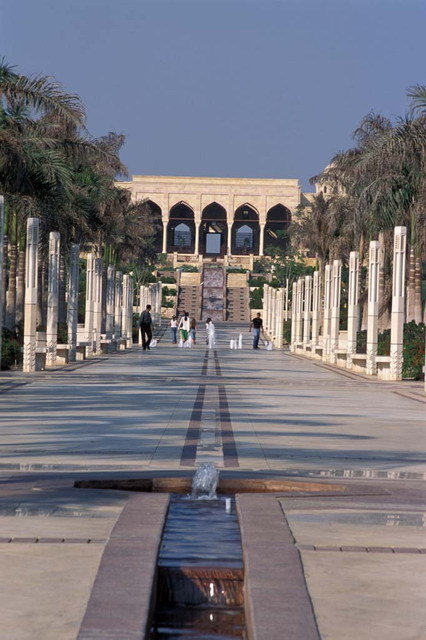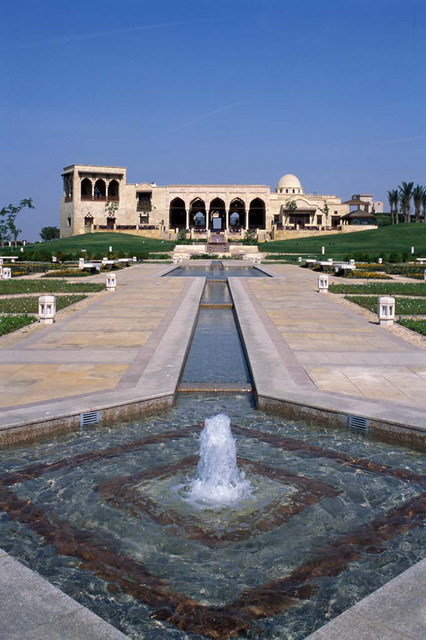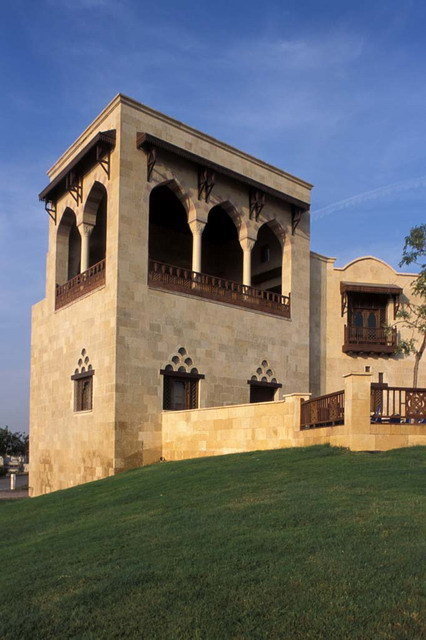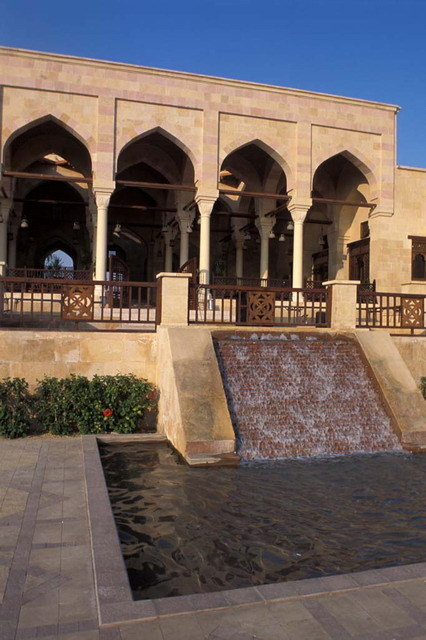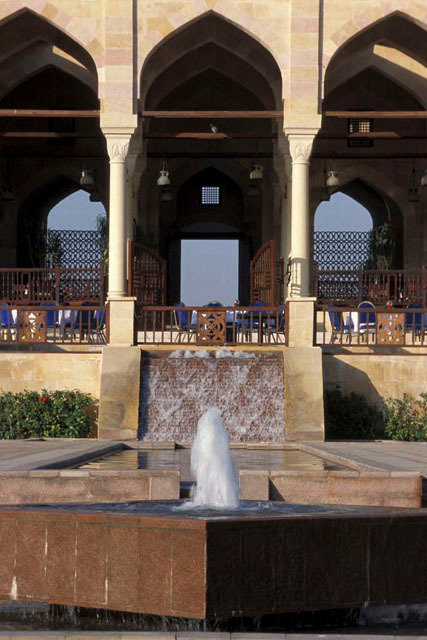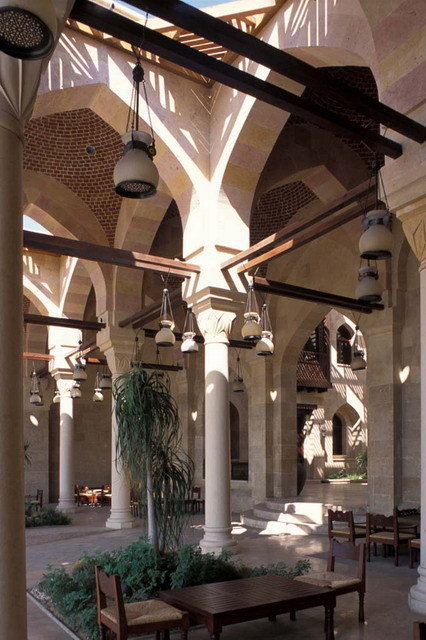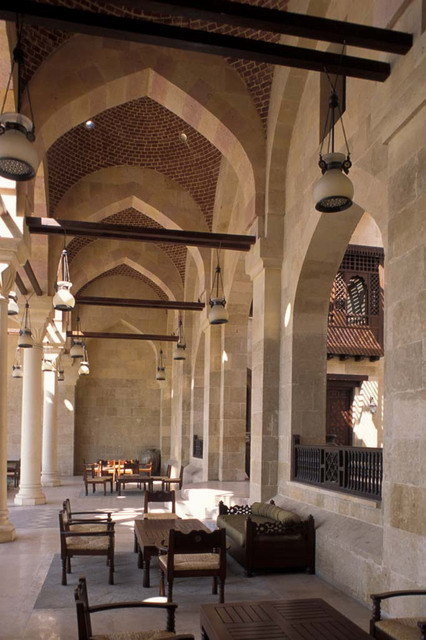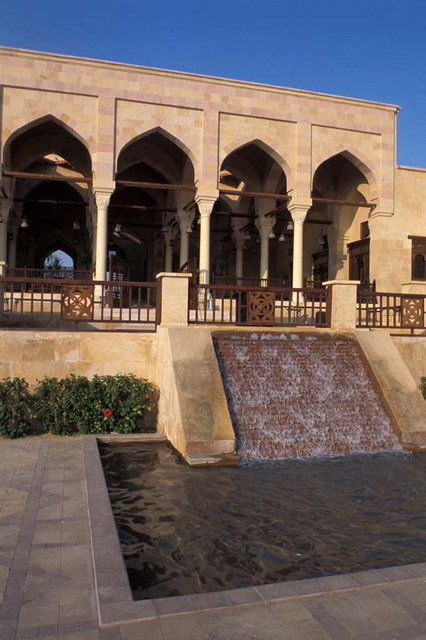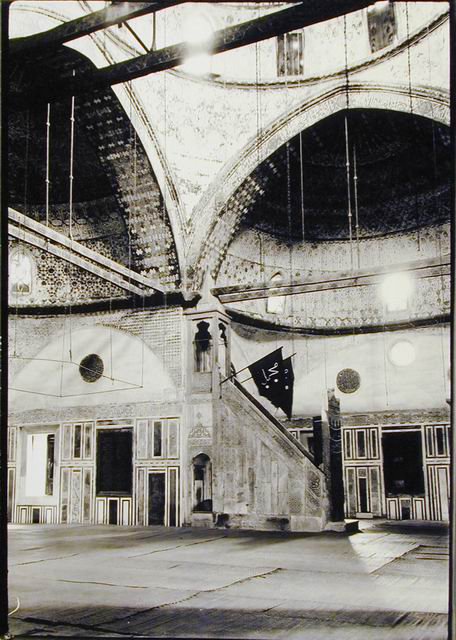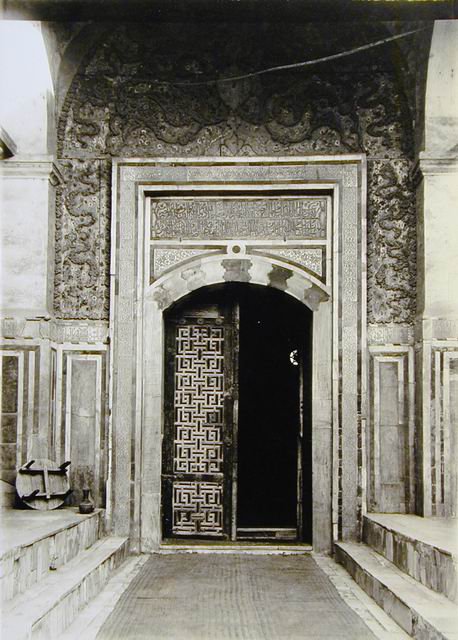Category Archives: NIMBLE Art Gallery
Transparent Glass Sculptures
Stunning HuMaN BoNeS Art
CrEaTiVe TiNy WoRld Art
Attarin Madrasa
Attarin Madrasa
The al-Attarin Madrasa was commissioned by the Marinid Sultan Uthman II b. Ya’qub, Abu Sa’id (r. 1310-31) in 1323 and completed in 1325. It is located in the spiritual centre of Fez, near the Mosque of al-Qarawiyyin. The madrasa’s location at the entrance to the spice and perfume market gives al-Attarine, the madrasa of the perfumers, its name.
Something like waoo
Beautiful Carpets
Carpets
carpets are one of the most fundamental element in Middle eastern homes – walk into an Arab house and you would probably find a carpet, gorgeously detailed with scrollworks or Arabesques, or simple, multicoloured striped rugs. There are quite a number of carpet types available, such as Perisan and Kilim/Kelim.
Carpet, Mughal, period of Shah Jahan (1628–58)
India
Wool on silk foundation
Source: Carpet [India] (14.40.725) | Heilbrunn Timeline of Art History | The Metropolitan Museum of Art
Medallion rug with a field of flowers, 17th century; Safavid
Probably Kirman, Iran
Wool pile on cotton, wool, and silk foundation
Source: Medallion rug with a field of flowers [Probably Kirman, Iran] (1970.302.2) | Heilbrunn Timeline of Art History | The Metropolitan Museum of Art
Prayer rug, 18th century; Mughal
Probably Kashmir, India
Wool pile on cotton and silk foundation
Source: Prayer rug [Probably Kashmir, India] (1970.302.7) | Heilbrunn Timeline of Art History | The Metropolitan Museum of Art
Medallion Ushak carpet, first half of 17th century; Ottoman
Western Anatolia, Ushak region
Wool, about 90 symmetrical knots per square inch
Source: Medallion Ushak carpet [Western Anatolia, Ushak region] (1984.69) | Heilbrunn Timeline of Art History | The Metropolitan Museum of Art
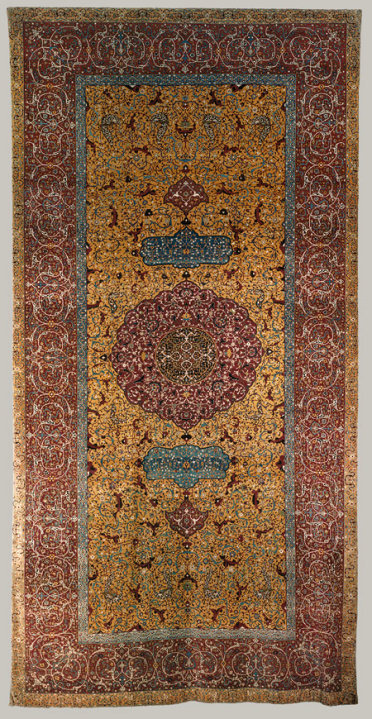
Anhalt carpet, mid-16th century
Iran
Cotton warp, silk weft, wool pile, asymmetrically knotted
Source: Anhalt carpet [Iran] (46.128) | Heilbrunn Timeline of Art History | The Metropolitan Museum of Art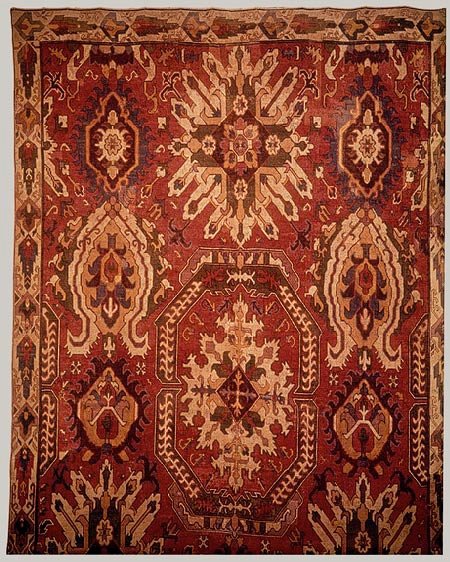
Carpet, late 18th century
Caucasus, Turkey
Woolen warp, weft, and pile
Source: Carpet [Caucasus, Turkey] (1970.302.10) | Heilbrunn Timeline of Art History | The Metropolitan Museum of Art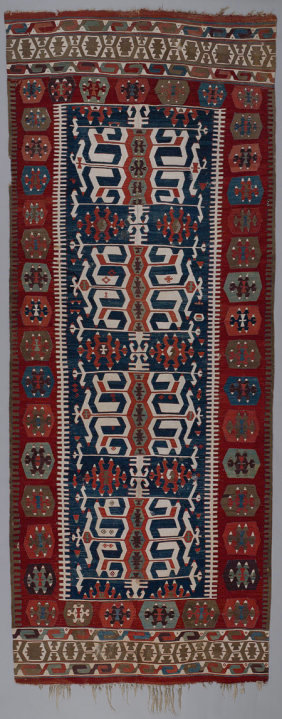
Kilim, ca. 1800
Central Anatolia
Wool, cotton, and silver thread
Source: Kilim [Central Anatolia] (2006.190) | Heilbrunn Timeline of Art History | The Metropolitan Museum of Art
Carpet, first half of 17th century; Ottoman
Ushak, Anatolia
Wool warp and weft, wool pile
Source: Carpet [Ushak, Anatolia] (58.63) | Heilbrunn Timeline of Art History | The Metropolitan Museum of Art
Kilim, 1774
Ladik, Turkey
Wool, metal thread
Hilltop Restaurant
Hilltop Restaurant
The building, designed by architects Rami El Dahan and Soheir Farid, provides a traditional shell for the various dining zones within an interpretation of historic Cairene architecture. The restaurant plan is based on a symmetrical layout whose central axis passes through an entrance palm court, an entry portico, or takhtaboush, before arriving at a terraced garden overlooking the main axis of the park. Along this axis, vistas of the park’s main promenade and the Citadel complex, beyond, can be seen.”
Suleiman Pasha Masjid
Suleiman Pasha Masjid
The Masjid of Suleyman Pasha al-Khadim, the first erected in Egypt under Ottoman rule, was built in 1528 by the governor for the use of the Janissaries quartered in the northern enclosure.
The Masjid is essentially Ottoman in plan and profile. The prayer hall adopts the Ottoman T-form variant and is covered by a shallow central dome in the Ottoman manner, flanked by 3 semidomes. This is fronted by a courtyard surrounded by domed arcades. The minaret is similarly Ottoman in form with a cylindrical, faceted shaft topped by a conical finial, and located to the right of the entrance façade. It is raised to a proportionately great height over the small mosque.
The interior reflects the outward Ottoman form with the dome resting on spherical pendentives, and is ornamented with marble revetment, inscriptions, painting, and elaborate stucco.
Other features of the complex include a shrine of the Fatimid period, rebuilt with its entrance incorporated into the arcades of the court. It was originally erected by Abu Mansur Qasta, governor of Alexandria around 1140, to house his tomb, and dedicated to Sidi Sariya, a companion of the Prophet, hence the common name of the mosque. A second court fronting two halls comprising a kuttab was constructed to the north of the mosque. The domes of the kuttab were covered with blue tiles. The complex was completed by a sabil, no longer extant, and a perimeter wall which encompasses other, subsidiary courts and gardens.